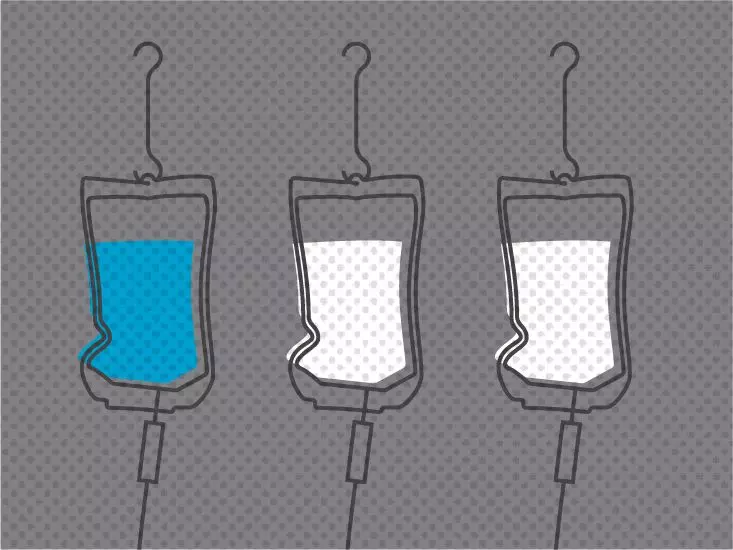Gazyva (obinutuzumab) has emerged as a critical treatment option for various forms of lymphoma and leukemia, providing hope to many patients. However, the financial landscape surrounding Gazyva can be complicated, influenced by a myriad of factors, including individual treatment plans, insurance coverage, and the presence of financial support programs. Understanding these costs is vital for patients aiming to access this essential medication without facing insurmountable financial burdens.
The cost of Gazyva can vary significantly based on multiple factors unique to each patient’s situation. Insured patients may still encounter variations in their out-of-pocket expenses due to the intricacies of insurance coverage. Elements such as the specifics of their treatment plan, the frequency of administration, and the healthcare setting—whether it is a doctor’s office, an infusion clinic, or a hospital—can all contribute to the final price tag.
Moreover, many patients are unaware that Gazyva does not have a biosimilar counterpart. This absence means that patients do not have the option to turn to alternative medications that may offer savings. Compared to biologic medications like Gazyva, biosimilars tend to be more economical due to reduced research and development expenses, primarily once a major drug’s patent expires. In this regard, patients should be acutely aware of their treatment choices and the necessity for ongoing discussions with healthcare professionals and insurance providers.
The high costs associated with biologic drugs such as Gazyva stem largely from the extensive research and testing required to ensure their safety and efficacy. Once on the market, these medications benefit from patent protections, often lasting about 12 years. Following this exclusivity period, various manufacturers may introduce biosimilars, leading to market competition that tends to lower prices.
In the context of financial planning for medical treatments, it is essential for patients to consider how the distinct nature of biologic drugs impacts their financial implications. Understanding that Gazyva is brand-name only—without any generic or biosimilar alternatives—sheds light on why its costs remain high.
Patients facing high costs of Gazyva are encouraged to explore various financial assistance avenues to ease their financial burden. Programs such as the Genentech Oncology Co-pay Assistance Program and the Genentech Patient Foundation can provide significant support, enabling eligible patients to access medications that may otherwise be prohibitively expensive. Interested parties can easily reach out via dedicated phone lines or websites to evaluate their eligibility for assistance.
Furthermore, patients can benefit from exploring online resources that aggregate information regarding drug assistance programs and other financial aid. These platforms often consolidate tools that help patients maximize their insurance benefits, including discounts and savings cards.
For those with insurance, understanding how it interacts with the cost of Gazyva becomes imperative. Insurance plans often vary, leading to discrepancies in coverage for Gazyva injections. For patients, key terms like “prior authorization” cannot be overlooked. Some insurance providers may stipulate that a prior discussion between the physician and the insurer is necessary to determine coverage viability before the patient undergoes treatment. Failing to secure this approval might expose a patient to full out-of-pocket expenses, creating potential financial hardships.
Additionally, the nature of coverage—medical versus prescription—plays a role in how costs are allocated. Daily doses of Gazyva infused in various healthcare settings may lead to costs being billed under different insurance categories, which makes proactive discussions with both healthcare providers and insurance representatives essential.
Navigating the financial implications associated with Gazyva treatment requires diligence and open dialogue between patients, their healthcare teams, and insurance providers. As costs are influenced by a multitude of factors ranging from treatment modalities to financial assistance opportunities, patients must empower themselves through knowledge and outreach. By advocating for clarity on insurance benefits and available support programs, patients can achieve a more manageable path toward accessing this crucial medical treatment, free from undue financial anxiety. Engaging in proactive discussions and utilizing available resources can significantly lighten the burden of these essential health interventions.

